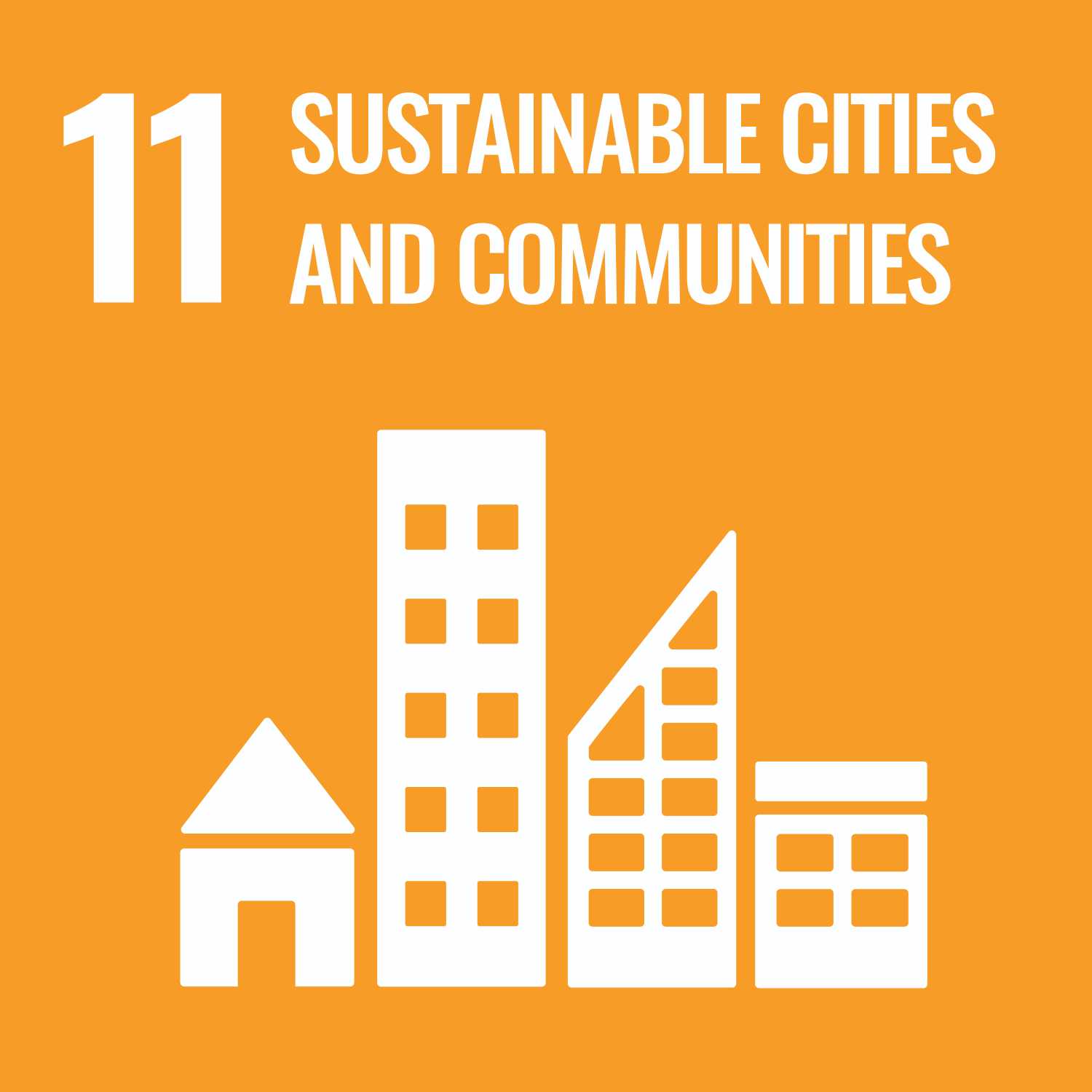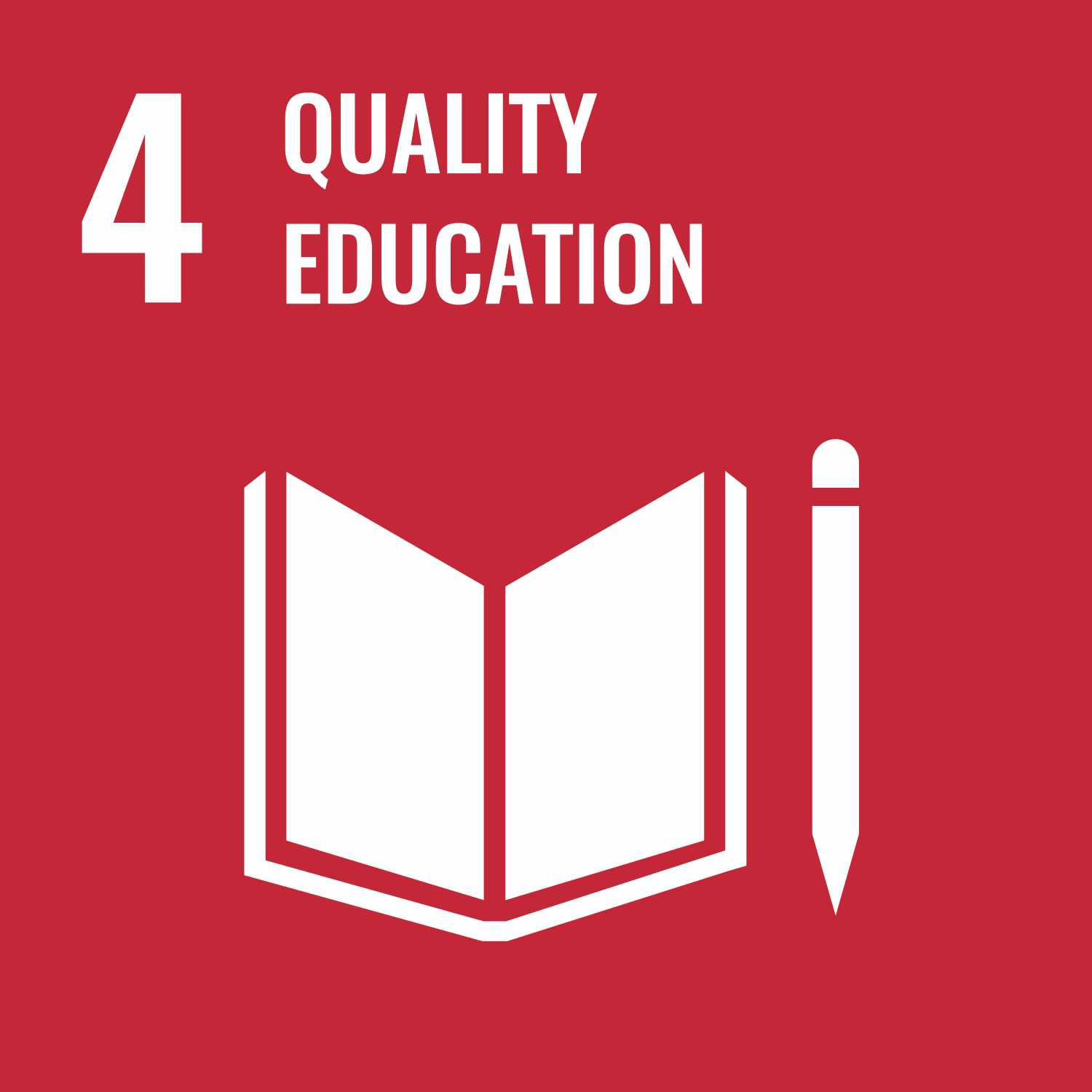A total of 130 students from III A and 5 faculty members visited the Monarch, pre-engineered building on March 9, 2023. As a part of the curriculum, third year civil engineers studying design of steel structures in the sixth semester.
Introduction: As part of my academic curriculum in civil engineering, we recently visited a steel fabrication industry to gain practical insights into the design and fabrication of steel structures. The industry we visited specializes in the fabrication of steel structures for various applications, including commercial buildings, industrial structures, and infrastructure projects.
Design Process: During our visit, the team had the opportunity to observe the design process for steel structures. The process typically starts with the client providing the requirements and specifications for the structure. These may include factors such as load-bearing capacity, dimensions, intended use, and site-specific conditions.
The design team then uses specialized software such as AutoCAD, STAAD.Pro, and Tekla Structures to create detailed 3D models of the steel structure. The models are analyzed using structural engineering software to ensure that the design meets the required safety and performance standards, including considerations for load-bearing capacity, stability, and structural integrity.
Once the design is approved, the fabrication process begins. Steel members, such as beams, columns, and braces, are fabricated from raw steel materials, which are procured from reputable steel mills. The fabrication process includes cutting, drilling, welding, and surface treatment of the steel members to meet the design specifications. Quality control measures, such as visual inspections and non-destructive testing, are also carried out to ensure the quality and integrity of the fabricated steel members.
Fabrication: During our visit, we had the opportunity to witness various fabrication processes. The cutting process involved the use of specialized cutting machines, such as plasma cutters and oxyfuel cutting machines, to cut steel plates and sections to the required dimensions. Precision and accuracy were crucial to ensuring that the fabricated steel members fit together perfectly during assembly.
Welding was another critical process we observed. Skilled welders used arc welding techniques, such as shielded metal arc welding (SMAW), gas metal arc welding (GMAW), and flux-cored arc welding (FCAW), to join steel members together. Proper welding techniques, such as preheating, controlling heat input, and maintaining appropriate welding parameters, were followed to ensure strong and durable welds.
Surface treatment was also an important step in the fabrication process. Steel members were cleaned to remove rust, dirt, and other contaminants, and then coated with protective paint to prevent corrosion and extend the service life of the structure.
Quality Control: Quality control measures were evident throughout the fabrication process. Visual inspections were conducted at various stages to check for dimensional accuracy, proper welding, and surface treatment. Non-destructive testing techniques, such as ultrasonic testing, magnetic particle testing, and dye penetrant testing, were also employed to detect any defects or discontinuities in the fabricated steel members.
Conclusion: Our visit to the steel fabrication industry provided me with valuable insights into the design and fabrication of steel structures. we observed the intricate processes involved in designing steel structures using specialized software, as well as the fabrication processes, including cutting, welding, and surface treatment. Also learned about the importance of quality control measures and safety protocols in ensuring the quality and safety of steel structures. Overall, the visit was a valuable learning experience that complemented my theoretical knowledge and gave me a practical understanding of the design and fabrication of steel structures in an industrial setting.


